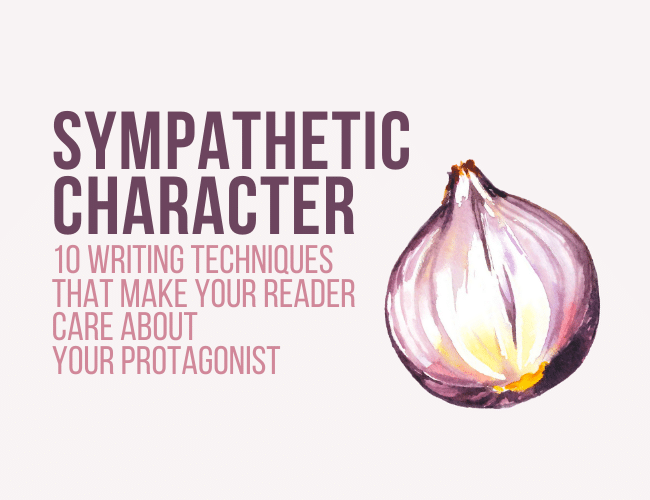
by Jeff Elkins |
Great characters feel real. They talk, act, and respond to stress in ways we recognize, with their own personal character voice. We can relate to them because they seem human.
To write a character that leaps off the page, we need to know her deeply. We need to understand her thoughts and feelings. If our audience is going to empathize with her, we have to first.

by Sarah Gribble |
Every great novel has great characters. Great characterization includes a background, flaws, habits, tics, and redeeming qualities. The characters have a life.
There are plenty of ways to get inside your character’s head. You can journal from their point of view, write a character study, or fill out questionnaires about your character. Those methods are awesome but can seem impersonal or just plain tedious at times.
If you need a quicker, more succinct way of getting inside your character’s head, you might consider writing their eulogy.

by Joe Bunting |
Characters are the heart of any story. There are plenty of methods out there to help your character development. But when it’s time to give your characters shape and definition, don’t waste time on extensive questionnaires that get you weighed down in details.

by Ruthanne Reid |
Here’s the underlying principle: your characters are people. People are complicated; I suspect you might know a few. Characters are much the same way. Your reader will relate to them if they behave like people, and for characters to behave like people, they need to be built like people.
You need to know your characters like you do other humans, and these six prompts will help you pull that off.

by Joe Bunting and Abigail Perry |
How do you create memorable characters? What’s characterization, and how does a writer turn a name on a page into a person so vivid and compelling that you imagine they’re real?
In this article, you’ll learn what characterization is, when it matters, and how to apply it to your characters and stories. You’ll also see some examples of characterization, and explanations of when not to prioritize characterization over other story elements.

by Joslyn Chase |
Recall a time you made an effort to get someone to like you. Did you try to get them to relate to you, or want to spend more time with you? It’s kind of the same way with the main character in your book. Readers finish books when they care about what happens to the protagonist. To accomplish this, you need to craft a sympathetic character.
When you write a book, you’re asking readers to invite your character into their homes, their hangouts, their lives. It’s important to create a protagonist your reader wants to spend time with and that they care about enough to stick around to find out what happens to them.
Without that vital concern, suspense cannot be sustained. And without suspense, the reader will lose interest in your story. I talked about this in depth in my post on suspense.
Today, let’s talk about how to make your readers like—if not love—your characters so that you can sustain suspense in your book.





